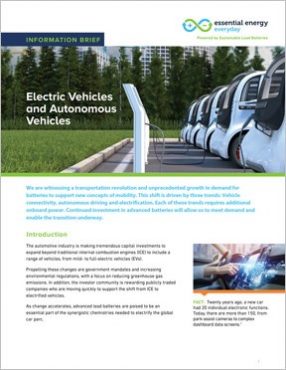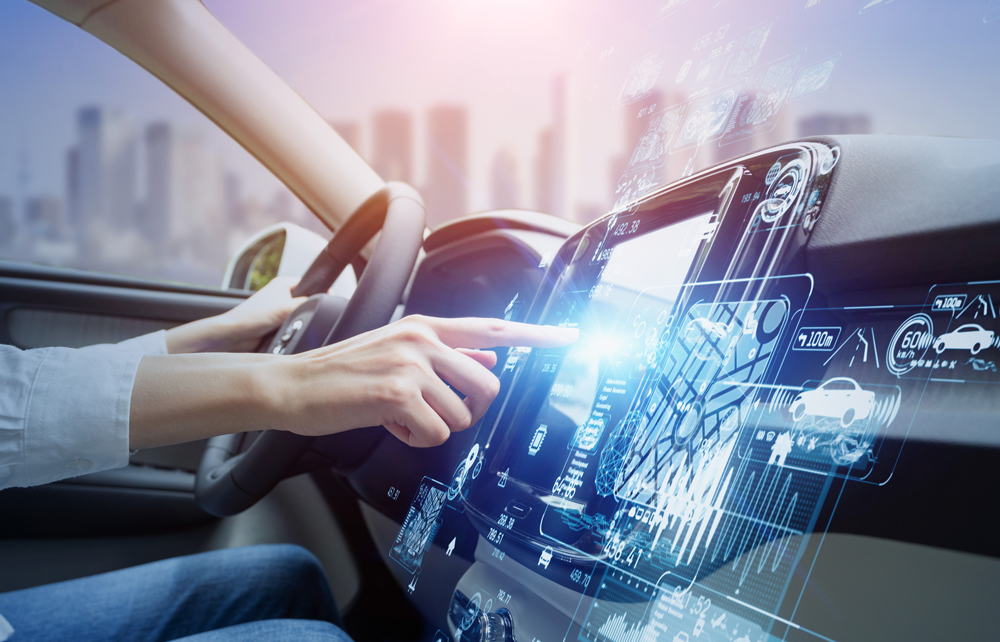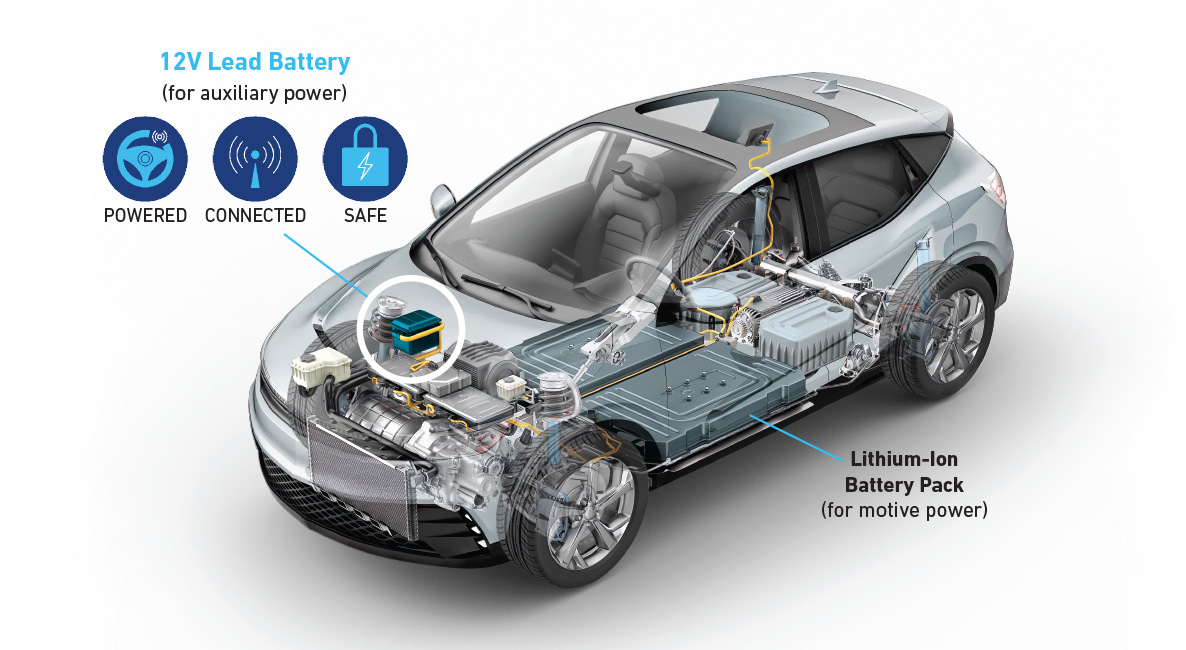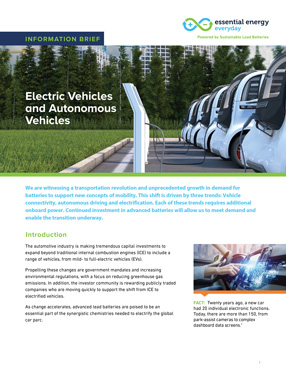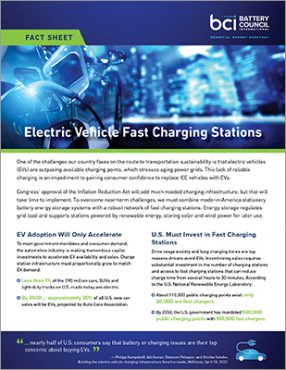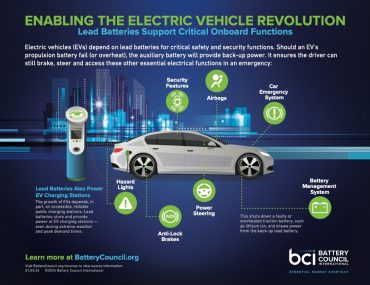The automotive industry is making tremendous investments to electrify transportation. Sustainable lead batteries are essential to support the mix of synergistic battery chemistries needed to transform the global car parc.
On-Demand Briefing #2: Vehicle Electrification &...
Battery Council International has released the second in its multi-part, on-demand briefing series on how to meet U.S. energy storage needs...
Essential Insights
February 15, 2022



